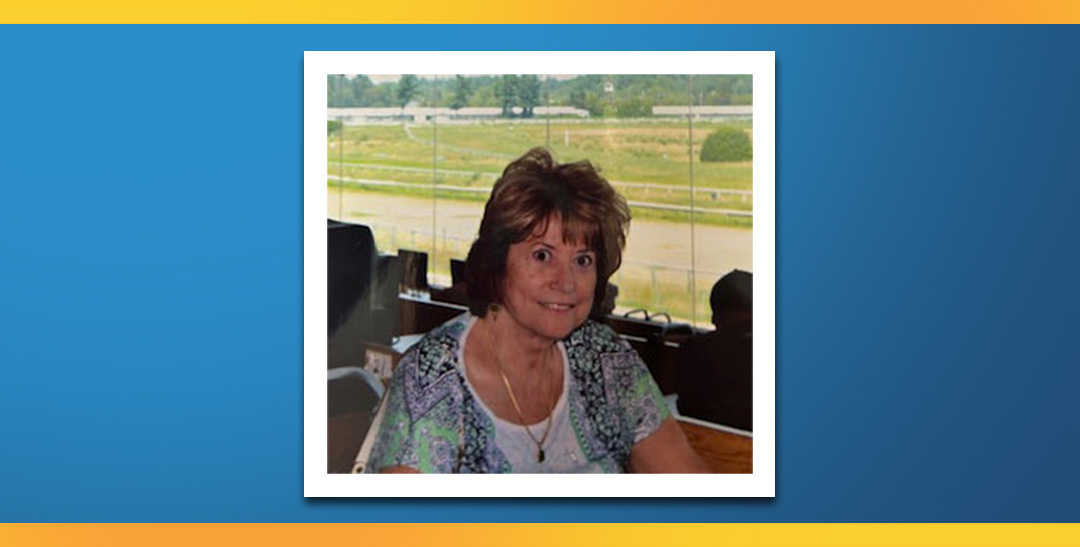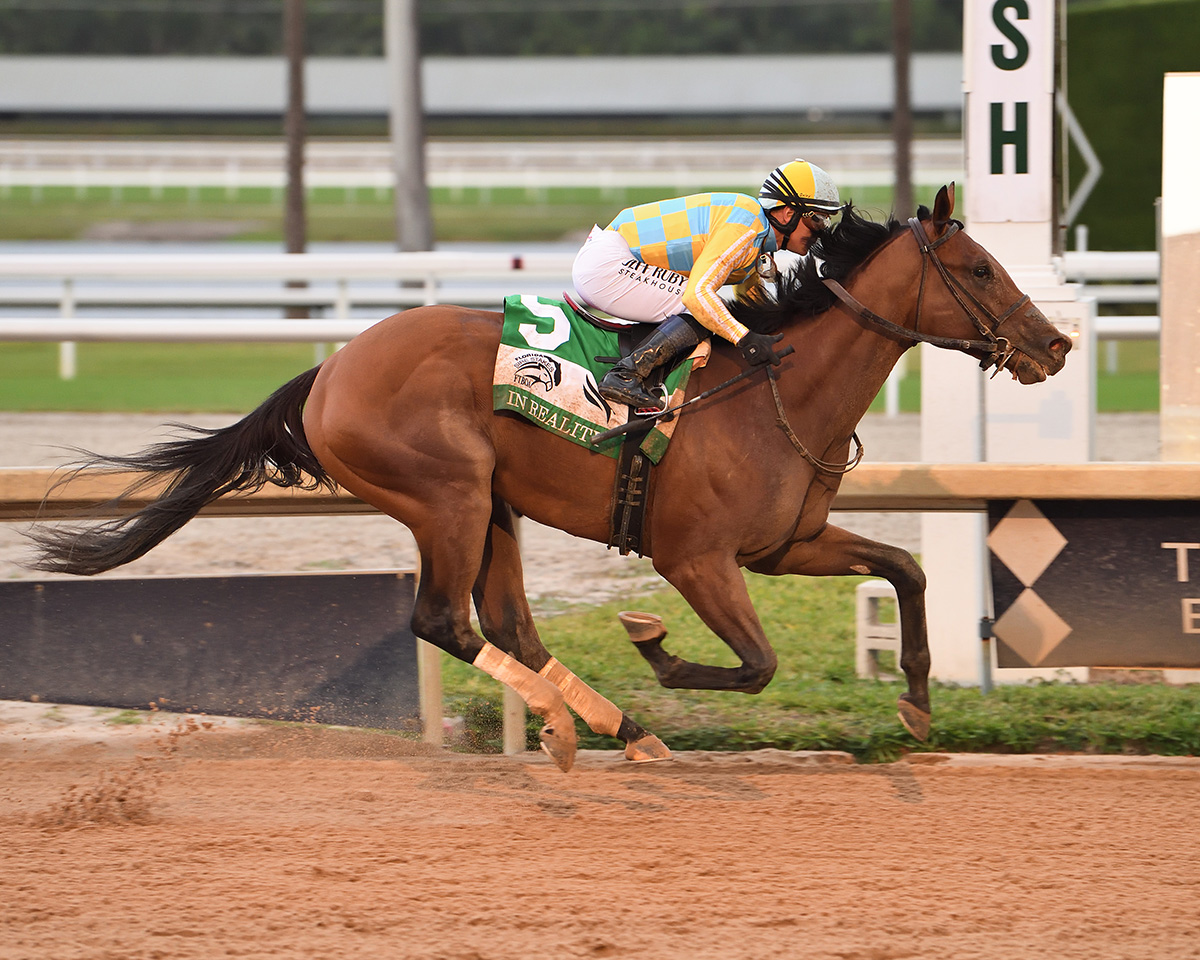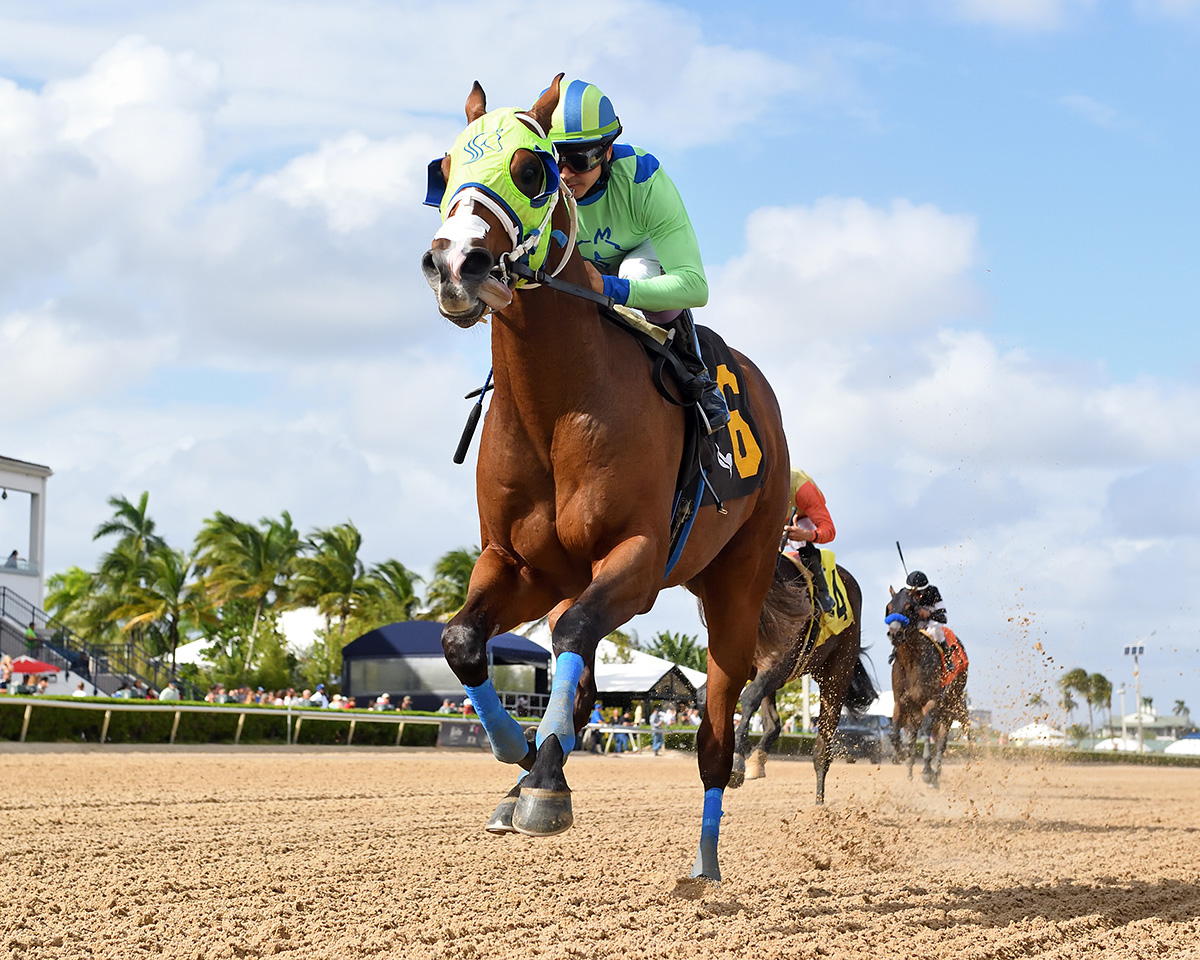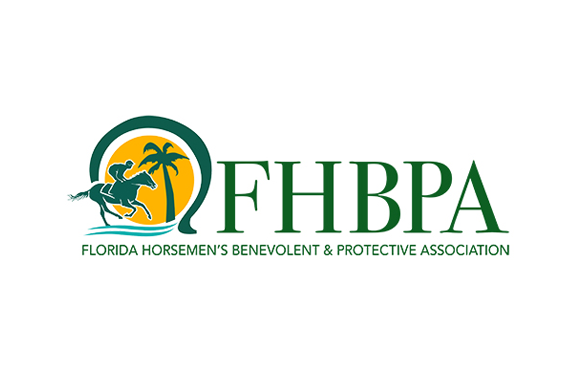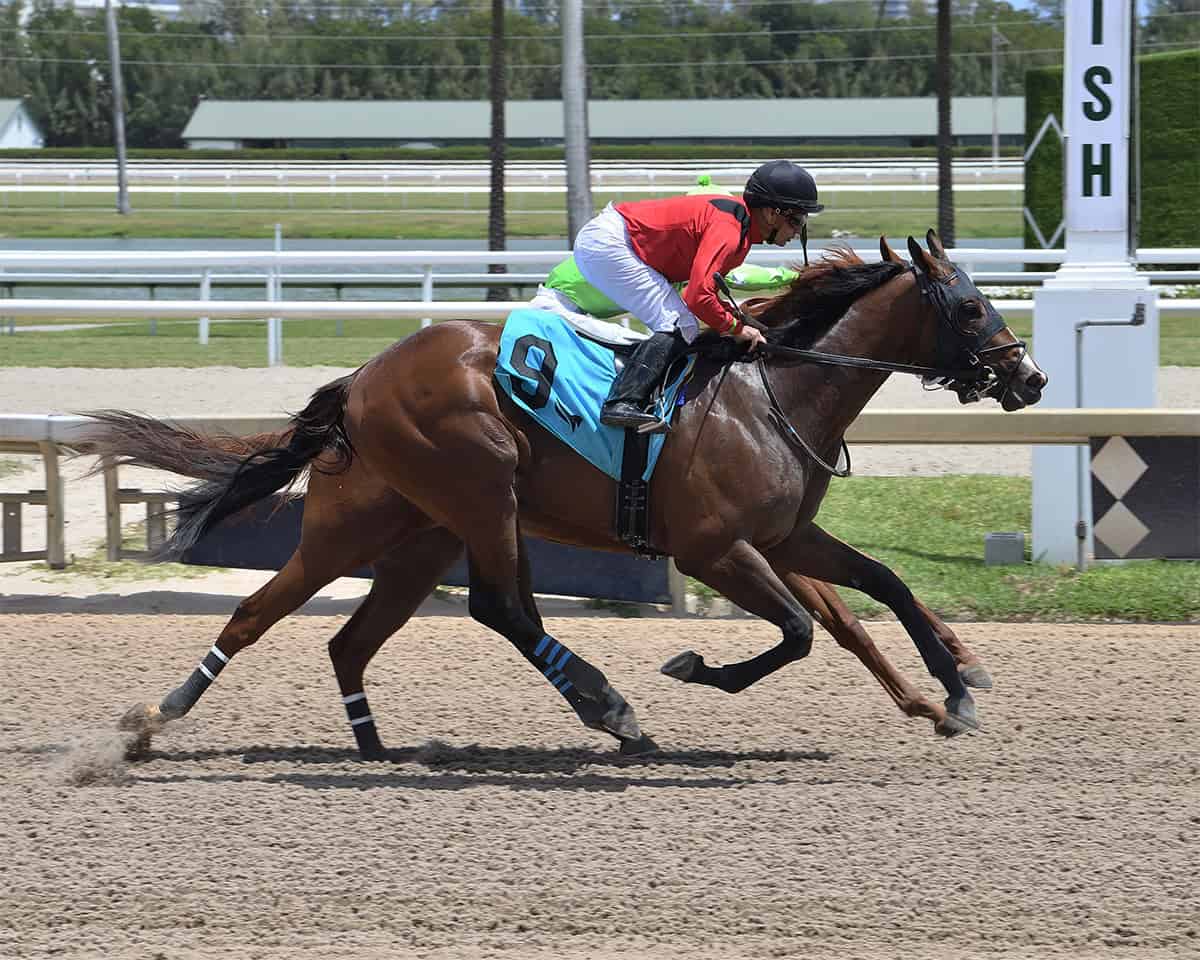Listen here. An ai generated podcast from NotebookLM
BY SARAH WELK BAYNUM
By chance, Margaret Palomino first encountered both the world of horse racing and her future husband while at work one day.
“My husband, Juan Palomino, was a jockey at Suffolk Downs Racetrack in Boston back in 1973,” Palomino said. “I was doing promotional work for Ogden Foods there and that’s where we met. We were inseparable until he passed away this last September at age 89 from complications of Parkinson’s, but he had a great life.”
Juan, originally from Lima, Peru, received an invitation from a trainer in California to come to the United States and ride.
“Without speaking a word of English, he got on a plane and headed west. He rode all along the West Coast from Seattle down to Caliente in Mexico and the Agua Caliente Racetrack. After stints in Chicago and Louisiana, he rode at Ruidoso Downs in New Mexico. And then his trainer shipped horses to Boston, where we met,” Palomino added.
In 1979, the Palominos traded Massachusetts winters for Florida’s milder climate, where Juan would later find himself on a whole new side of the horse racing world.
“We moved to Hollywood, Fla., where I took a job with the municipality while he continued riding as a jockey until 1981. After undergoing a hip operation in 2004, he transitioned to security work at Calder and Gulfstream until approximately 2006. I retired in 2009 and we relocated to Melbourne, Fla., in 2010. Not long after, someone suggested we attend the sales—and we ended up buying a couple of racehorses. That’s how we transitioned to the ownership side of the racing industry.”
The Palominos purchased two fillies at an auction at Ocala Breeders’ Sales Company and started their ownership and homebred racehorse breeding operation.
“We hired trainers—John Pimentel, who’s fantastic, and Paul Cudworth, who has a few of our horses right now at Monmouth Park. Once we had the horses, I realized we needed a farm—we couldn’t keep them in Melbourne— so we bought a 10-acre farm in Reddick, which we’ve had over a decade,” Palomino said. “We keep our broodmares there, breed them, raise the foals, then send them to the training center and ultimately the racetrack. My husband lived the jockey’s life, working daily with trainers, barn managers, grooms and hot walkers. As owners, we stepped into a different facet of the same business, interacting closely with trainers who handle all the details while we learned the ropes of breeding, raising and racing our horses.”
While Margaret and her husband have had many horses over the years, a few have remained special.
“We had a gray colt named Imperial Brew— whom we nicknamed Little Brew—by Imperialism out of Pure Brew and he was our only gray horse. I remember he was born completely black, but everyone said he’d turn gray. Sure enough, those little white hairs popped up all over him,” Palomino said. “My husband really liked Little Brew, and he ran the mile-and-one-sixteenth distance and always came from behind.
“More recently, we’ve had a feisty sprinter named Band Sweetheart—not even 15 hands, but tougher than most. Her dam had the same build. [She’s] compact like a Quarter Horse, with a stout, muscular shoulder. But don’t let her size fool you. She’s got plenty of speed. She’s earned over $150,000, never missed a beat in eight sound seasons. And on race day, she’s all business, whether on turf or dirt. She gets along better with men than she does with women, though.”
Palomino still maintains a handful of broodmares and has several horses currently racing. Although she may scale back her breeding operation following her husband’s recent passing, Palomino says she is determined to honor his passion by continuing to run a few horses.
“I still have horses on the racetrack now and I will continue racing for a while. The horses each have their own unique personalities—they’re far from mindless athletes. They love their carrots and peppermints, and we’ve always made sure they’re placed with trainers who treat them with care. What fans see on race day is the exciting finish line, but it takes at least two-and-a-half to three years of preparation, dedication, and care—from foaling to the starting gate—to reach that moment.”
Return to the July 2 issue of Wire to Wire
